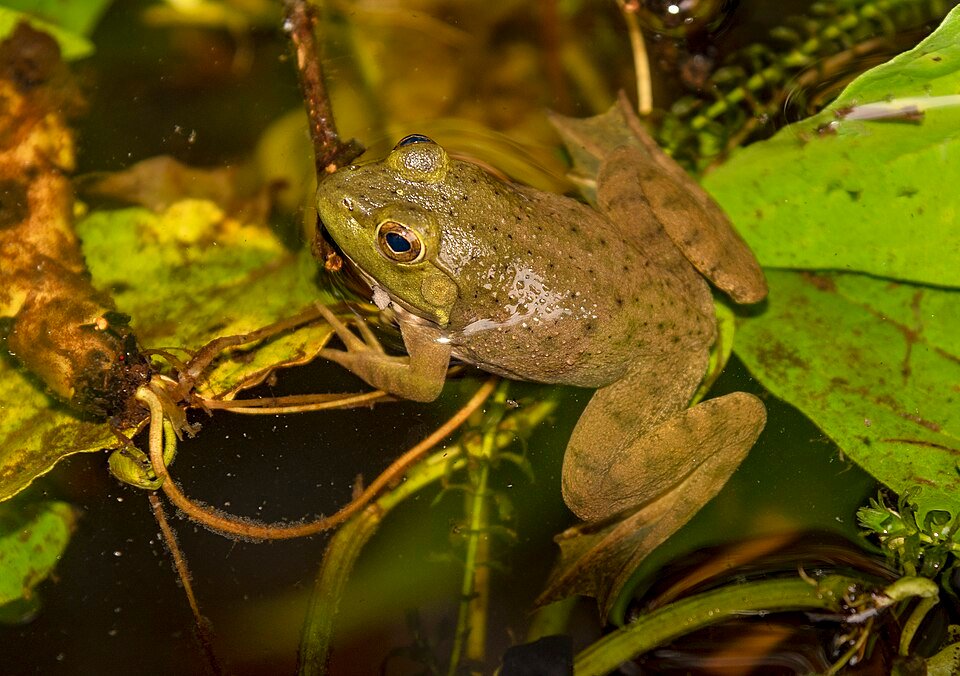Experts from the University of Stirling have contributed to a new report from the UN Food and Agriculture Organisation of the United Nations (FAO), warning of an emerging foodborne hazard in Southeast Asia.
An invasive disease called GBS that can cause blood poisoning and meningitis in people was found in freshwater fish widely-consumed in Southeast Asia, causing the FAO to issue a ‘risk profile report’ to raise awareness of the threat.
In 2015, around 146 people became ill after eating a traditional raw freshwater fish dish in Singapore, with several people eventually having to have limbs amputated. They had developed blood poisoning linked to a bacterium called Streptococcus agalactiae, also called Group B Streptococcus (GBS). The specific strain responsible for the outbreak was a unique sequence type 283 (ST283).
GBS disease due to ST283 has also been confirmed in China, Hong Kong, Laos, Thailand and Vietnam.
Associate Professor at Tan Tock Seng Hospital, Singapore, Dr Tim Barkham, first identified the human health risk. “Many microbiologists were surprised, as invasive GBS disease in people has not been known to be foodborne previously,” Dr Barkham said. “Another surprising point was that this foodborne GBS ST283 affected healthy adults. GBS is normally very uncommon in healthy adults.”
Dr Mags Crumlish, senior lecturer in food security and sustainability at the University of Stirling’s Institute of Aquaculture, specialises in aquatic microbial diseases. She was one of the founding members of the GBS network and has identified GBS ST283 in farmed freshwater tilapia, which is an important economic species across the region, produced for the international market as well as consumed locally in Southeast Asia.
Dr Crumlish said: “GBS is a known disease in freshwater tilapia, but we are only starting to identify the different strains associated with disease outbreaks in farmed fish species. This hypervirulent GBS strain (ST283) is unique and, so far, it has only been confirmed in farmed tilapia in Southeast Asia and Brazil. Our goal in aquaculture is to reduce disease outbreaks in fish and prevent transmission to humans by collaborating with other scientists. This way we will determine the role of fish preparation and consumption with human GBS ST283 outbreaks.”
Stay Always Informed
Join our communities to instantly receive the most important news, reports, and analysis from the aquaculture industry.
Dr Fiona Harris, Associate Professor of Health Sciences at the University of Stirling, was the only social scientist of 25 experts who worked on the report. She said: “The report brings together what we know, and highlights the gaps in research knowledge that we need to explore further.
“Throughout Southeast Asia traditional recipes using raw or lightly cooked fish are popular foods. This includes fish marinaded in lime juice and chilli as well as fermented or preserved fish, which are important sources of protein for poor people in the region.
“We need to work closely with communities to find out more about different preparation methods in local dishes – salting, drying, lime and garlic marinades – as currently the only known effective method is heating or cooking. We may eventually need a public health campaign, so talking to people about these foods and what they mean to them is really important.
“Whatever solutions to the problem we find, will need a multidisciplinary approach, combining social and natural sciences.”
“Many people aren’t aware of the risks associated with consuming raw freshwater fish, and it is a very common practice in Southeast Asia,” said Dr Masami Takeuchi, FAO Food Safety Officer. “But the illnesses this practice can cause can be serious, though not always obvious, nor immediate, and in some cases that can make it difficult to diagnose and treat in time.”
While more research is undertaken, the following advice is being shared with stakeholders in the region to reduce risk:
– visual inspection: discarding visibly abnormal/diseased fish is expected to reduce risk, but they should not rely on visual inspections alone, as healthy-looking fish are no guarantee of safety;
– heat-treatment: proper heating /cooking is the only known effective risk mitigation measure; and
– non heat-treatments: there is no evidence that traditional fish preparation methods without heat treatment are effective. Freezing is not an effective control measure.
The FAO has produced a four-page factsheet, Invasive disease linked to raw freshwater fish.
Reference (open access):
FAO. 2021. Risk profile – Group B Streptococcus (GBS) – Streptococcus agalactiae sequence type (ST) 283 in freshwater fish. Bangkok.
https://doi.org/10.4060/cb5067en
Source: University of Stirling
Editor at the digital magazine AquaHoy. He holds a degree in Aquaculture Biology from the National University of Santa (UNS) and a Master’s degree in Science and Innovation Management from the Polytechnic University of Valencia, with postgraduate diplomas in Business Innovation and Innovation Management. He possesses extensive experience in the aquaculture and fisheries sector, having led the Fisheries Innovation Unit of the National Program for Innovation in Fisheries and Aquaculture (PNIPA). He has served as a senior consultant in technology watch, an innovation project formulator and advisor, and a lecturer at UNS. He is a member of the Peruvian College of Biologists and was recognized by the World Aquaculture Society (WAS) in 2016 for his contribution to aquaculture.




